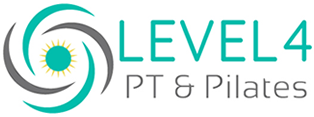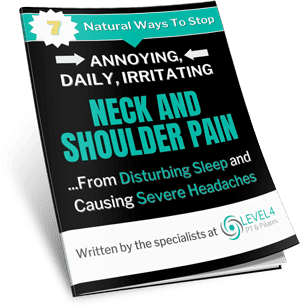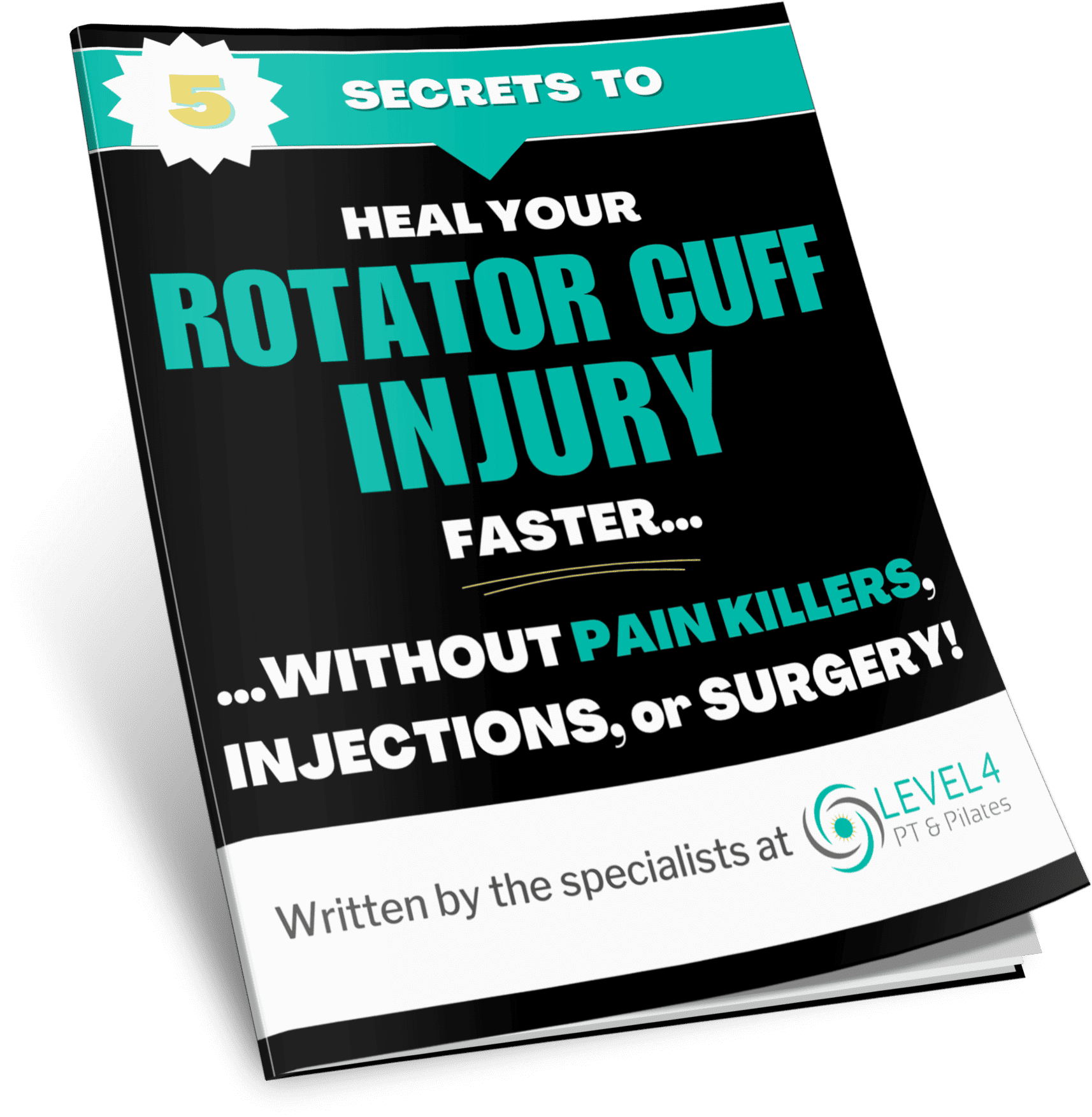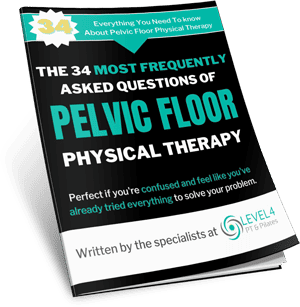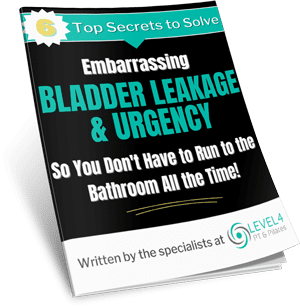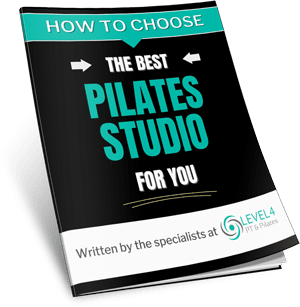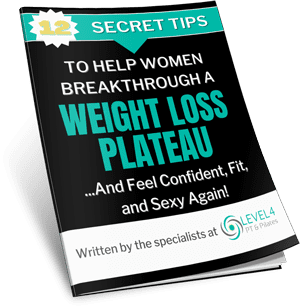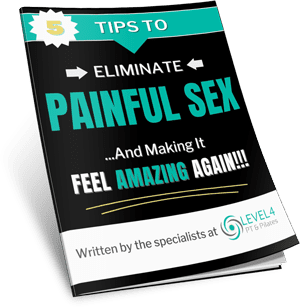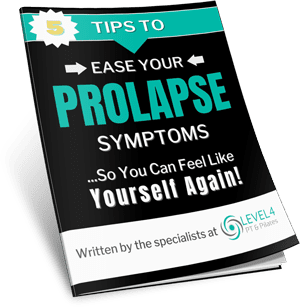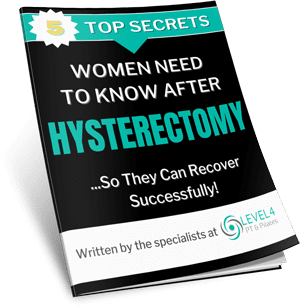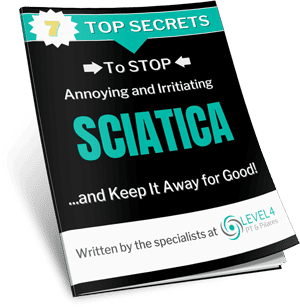
If you are a woman aged 45 and beyond and you’re experiencing back pain; whether it’s a new occurrence, you didn’t have this before, or it just gradually came on, it’s this nagging, aching back ache that seems to be getting worse.
Well, you’re not alone. In fact, many women over the age of 45 during that stage of perimenopause to menopause stage experience back pain. There is a link talk between the link between menopause and back pain and why so many women experience this, what the explanation is, and also give you some tips and tools on what you can do to help it.
I’ve seen thousands of women with back pain.
But I can tell you that it definitely gets worse from age 45 and beyond with what women are complaining of and the fact that they didn’t seem to have this before, but now it’s creeping up on their lifestyle and affecting their ability to stay active. It can be frustrating.
If you have tried different types of exercise to solve it, you’ve seen other practitioners, or you just haven’t done anything at all, then let’s talk about why this is actually happening in the perimenopause to menopause stage. Menopause is truly defined as not having a menstrual cycle for a period of 12 months. So if you truly have not had a menstrual cycle for that amount of time, you can truly say you’re in menopause. Now, it may happen sporadically, or you get these hormonal changes that cause unwanted symptoms in that perimenopausal stage, very commonly from age 45 and beyond. The average age that women hit menopause is somewhere around 53 years old. Now, it can happen a lot sooner, and it can happen later. but when women are in their 40s they’re starting to notice some of those hormonal changes and this can affect the joints, it can affect your muscles and your whole body not feeling good. Some of the common symptoms of going through these hormonal changes when your estrogen levels start dropping, you start having difficulty with regulating your body temperature, hot flashes, weight gain, difficulty sleeping, hair loss or thinning, your skin starts changing and even becoming dry, you experience some vaginal dryness or difficulty having sexual intercourse, this can be also a common thing.
As a pelvic floor physical therapist, I tend to see a lot of women with incontinence and bladder issues or even newly symptoms of prolapse or feeling pressure or heaviness. When you are have that shift in the hormones and the estrogen levels are dropping, this affects your muscle tone and the atrophy, meaning that the muscle tone gets less and less and therefore you need to work on more strengthening exercises that can help build up your muscle. You will also start having changes in your bone loss and also muscle strength, decreasing muscle girth and the amount of support that you truly have around your joints. So this is what happens with your spine. Between each vertebrae there is a disc. Well, research has shown after the age of 35, your discs start drying out because the fluid starts drying out and those disc height gets less and less. Therefore, you hear older ladies in their 80s or 90s saying they actually lost height, they’re shrinking or they’re losing some height there. So that is affected by your spine because as we age, your spine does go through those changes.
But in your joints, you have muscles and they all stabilize around your spine. So in other blogs, I have talked a lot about your core muscles and how they need a lot of support to stabilize and control movements of your spine. Well, when you aren’t working those muscles enough and you aren’t doing some kind of training program like Pilates, for example, for strengthening around your core, your vertebrae getting closer and closer together will get more compression there. If you don’t have the muscle strength and support around there, it can create more aches and pains around your lower back. So if you notice it’s more difficult to get in and out of bed or after you’ve been sitting in the car for a while, while you feel really stiff and achy while doing things that are going to help your back pain feel better with specific exercises and keeping the muscle strong around there while you address the hormonal changes as well.
What You Can Do
So that is what your spine looks like and why those things happen and change. So what can you actually do? Well seeing a doctor that does specialize in hormones for some women they take hormone replacement actually get those blood levels tested to see where you are because that can make a big impact in how you feel and actually be able to feel like exercising. So if you’re not sleeping well and you’re going through these hormonal changes or you’re gaining weight and you’re trying ways that worked in the past in your 20s and 30s like a lot of high intensity or cardio exercise and it’s not quite working well or you’re getting the back pain then you may want to address that hormone level and just See if you’re eating the right way and also where your vitamin levels and hormone levels are. So if you’ve taken care of that piece, what you can do is meet with a physical therapist or someone that is very specialized in spine work and being able to address those muscles to get them stronger and more supportive around your spine. We use Pilates, that is our favorite method, but things like Pilates can work on breathing, core strength, posture, all of that to address your back muscles and to feel like you’re really strengthening and stabilizing so you can bend over and not have all that pressure on your back or you can sit in the car for a longer period of time. Your body needs, your joints need lubrication. And so having a lot more fluids and drinking lots of water can also be helpful for your joints as well. Like I mentioned before, one of the other side effects or things that happens with menopause is starting to get that bone loss and being more susceptible to having osteopenia or osteoporosis. So working on muscle strengthening is also a very important thing that can help those bone changes because you wanna keep the muscles supporting around your joints like I mentioned. And also if you are doing gravity weight -bearing type exercises that is also going to provide more tug and pull on those tendons that link the muscle to the bone and therefore it’s going to help strengthen the bones as well. So one of our specialties is exercise. And like I mentioned Pilates, finding an exercise program that’s gonna work for you. So new aches and pains will tend to creep up around 40 and beyond and this is inevitable. Our body goes through a lot of wear and tear and then with these hormonal changes. you will experience some new aches and pains, but it’s great to get someone in your corner that can work on some maintenance with you, whether that’s doing some body work like massage and also adding in the strengthening and flexibility work with it is going to be very helpful for you. Now you can go back to any of my other videos and watch some relief for back pain with simple exercises to follow through and do and learn more about Pilates -based exercise, which is what I preach to be able to help you with those changes and help you manage the back pain. Some of the other things that you can do is really paying attention to your posture. So set a timer if you’re having to sit at your desk, don’t sit for more than 20 to 30 minutes. Your spine does not like all that compression and you need the movement for blood flow and circulation. Also sitting in the car, make sure that you have a comfortable back support, something that is providing a little lumbar support for that. smaller your back and you can sit up taller and really position your pelvis in the best way so your whole spine can sit up taller and you can take pressure off your lower back. Sitting on a really deep couch or a bucket seat in a car are not gonna be helpful because you’re gonna sit with a lot of stress on the ligaments of your lower back. So making sure you have that proper support and you’re sitting up in good alignment, that is something that is also gonna take a lot of pressure off your back and make it feel better. Make sure you’re getting enough sleep and hydrating, getting enough fluids so those two things can be very helpful for back pain. I hope you learned something from this.
Download Your Free Back Pain Guide
- The Link Between Menopause and Back Pain - May 21, 2024
- 3 Proven Ways You Can Relieve Sciatic Pain While Sleeping - September 14, 2023
- Menopause and the Impact It Can Have On Your Weight - August 4, 2023
